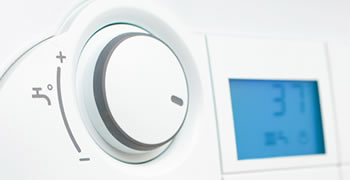Transporting temperature sensitive goods can be very challenging, not least because of new provisions and stricter customer demands. Phase change materials (PCM) with their reversible mechanism of storing heat can yield significant advantages for this spectrum of heat management.
PCM can allow for a cost-efficient and elegant solution. The contributions PCM can make are particularly interesting for those sections of the cold chain for which external cooling is either impossible or unwanted – during loading and unloading for example – or in case of unaccounted delays – on the landing field, in customs or in remote areas for example. PCM can make an important contribution to an uninterrupted cold chain of pharmaceuticals, sensitive equipment of food here with their autarkic and passive climatisation capabilities.
Until now, mostly passive cooling elements based on water are used in cold chain logistics. Using PCM brings much higher flexibility but also new requirements for producing and adjusting the cooling systems, e.g. to potentially use another packaging material for the cooling elements.
PCM transport solutions are suitable for transporting diagnostic samples, blood products, organs, cell cultures, stem cells, antibodies, proteins, or thermo-sensitive pharmaceuticals for examples, but also for delivering tropical fish.
The optimal solution for each potential application can either be offered or worked out due to available PCM with all kinds of different melting points (the area in which the storing capacity is highest).
In principle, a latent heat storage material can fulfil two tasks depending on their preconditioning or thermal conditioning respectively. A PCM in its liquid phase is able to prevent hypothermia, whereas a solid PCM can prevent or delay overheating. The temperature is stabilised during the phase transition in both cases. A liquid PCM emits thermal energy during solidification and prevents a quick temperature drop by doing so. A solid PCM absorbs a large amount of heat during the melting process and prevents overheating. A preferably narrow melting range is ideal in both cases. PCM with a wide melting range can be used as well, but in this case the temperature conditioning needs to be optimised for balancing the expected temperature fluctuations. The wide melting range can be virtually split to prevent too high and too low temperatures, i.e. one chooses to precondition in a way resulting in half of the PCM being liquid and half being solid (see figure). If two PCM are used, they are conditioned in a way that the one PCM with a lower melting point is liquid and the other one is solid. This passive way of levelling out the outdoor temperature should be supported by sufficient insulation. The used latent heat storages with the adjusted melting point(s) and the resulting application range are only one part of the system solutions adapted to the specific requirements.







